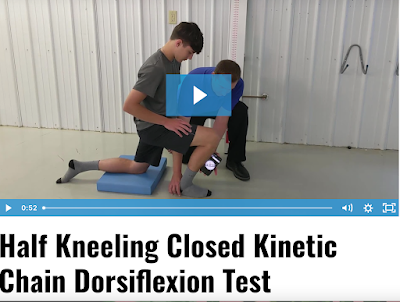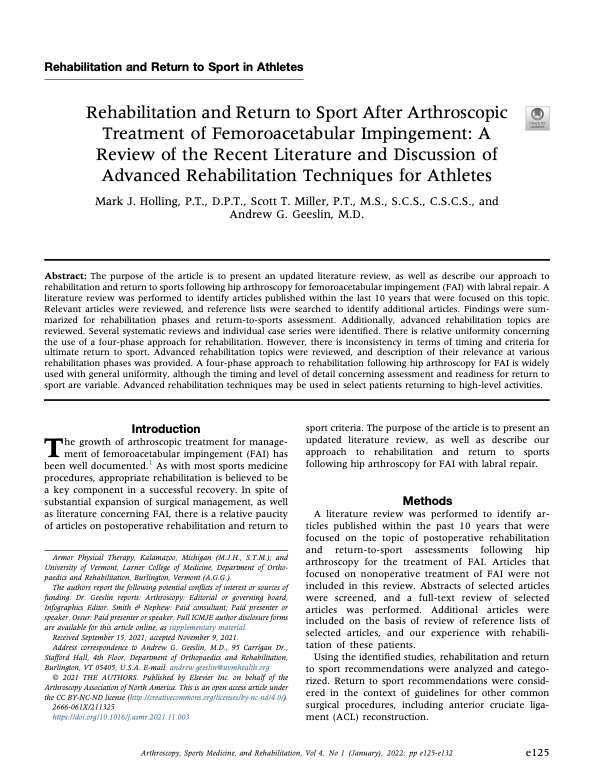New AMI - ViMove+ AMI - listen to our quick product overview
ViMove+ new AMI - quick product overview You have all heard the buzz about our new ViMove+ Athletic Movement Index (AMI) product, now listen to this short recording that gives you more specific details on the product! See how easy it is to set up the wearable sensors, understand the detailed, on-demand reports, and how to increase Return on Investment for your facility. And for a limited time only, we are offering a significant discount ($3,000) on the first systems sold! If you are a Physical Therapist, Performance Specialist or Athletic Trainer with an active clientele, this product was designed for you. Set yourself apart from the competition and bring wearable technology to your practice to enhance the care of all your athletes! Product Overview Click here to get more info on the new AMI


.png)






